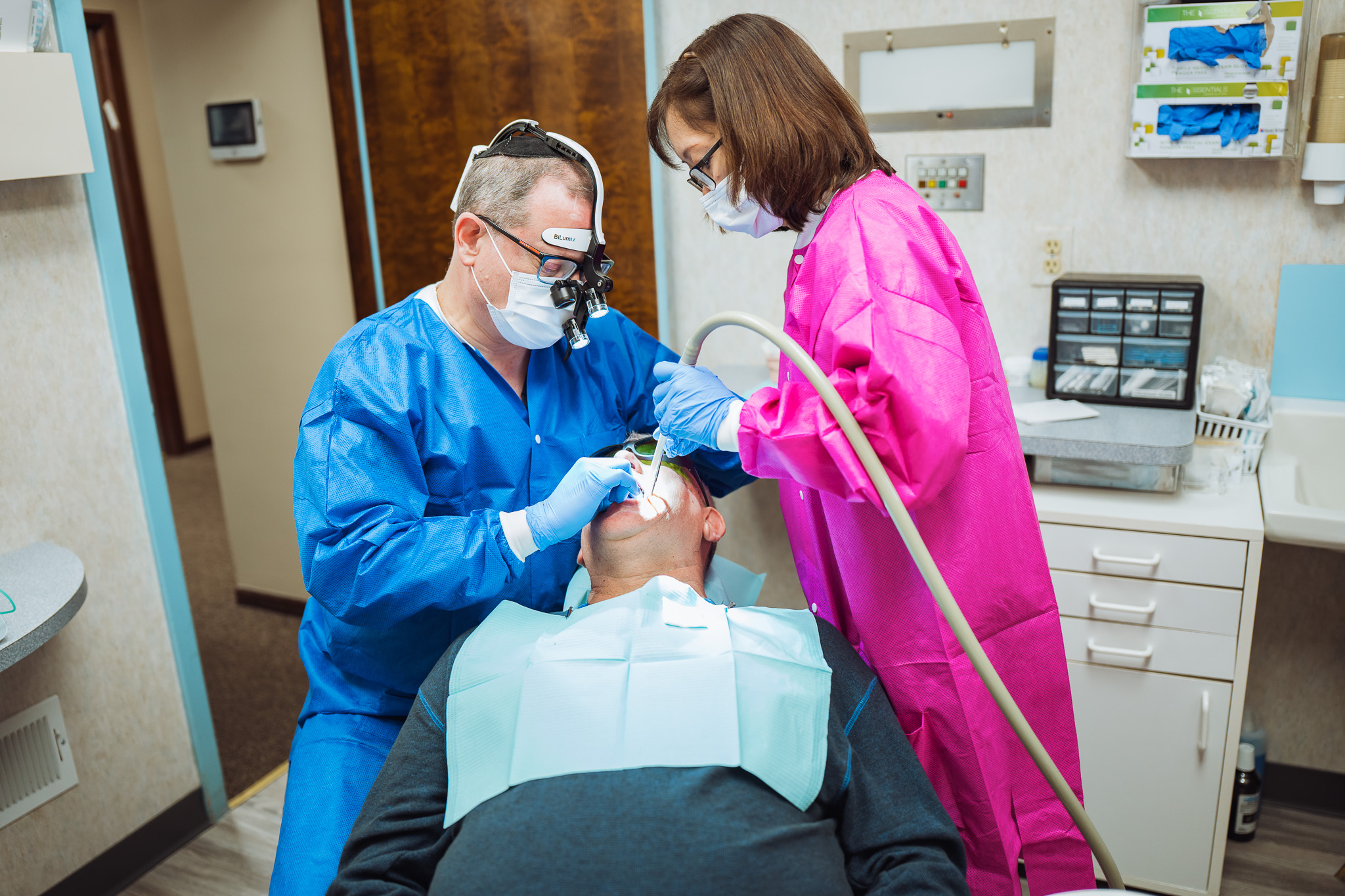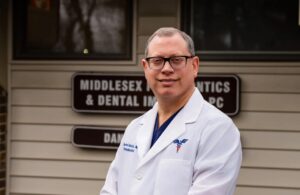Restoring Jawbone Structure with Ridge Augmentation
Ridge augmentation is a common oral surgery procedure used to rebuild the natural shape of the jaw and gums after bone loss. This technique is often necessary after tooth extraction or bone deterioration due to periodontal disease, trauma, or congenital defects. By restoring lost bone, ridge augmentation helps improve both the aesthetics and functionality of the mouth, making it an essential step for many patients considering dental implants.
At Middlesex Periodontics & Dental Implants, PC, Dr. Daniel Reich provides advanced ridge augmentation procedures to help patients regain proper bone structure for future dental restorations. If you have experienced bone loss in the jaw, this treatment can create a stable foundation for implants and enhance your overall oral health.


